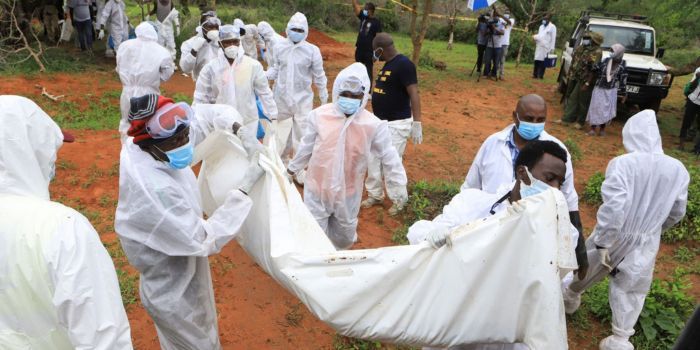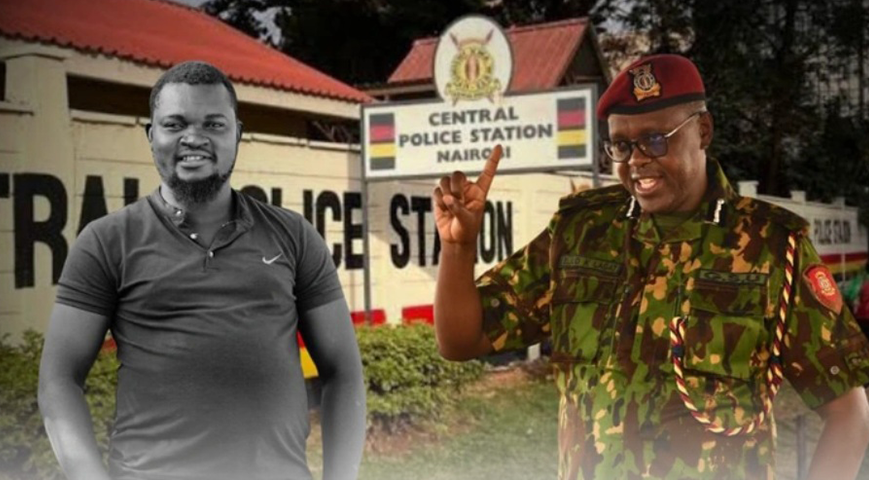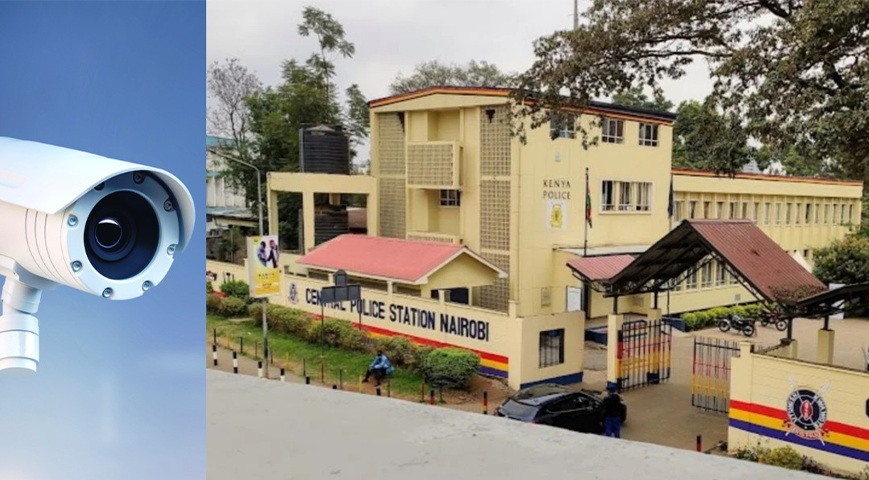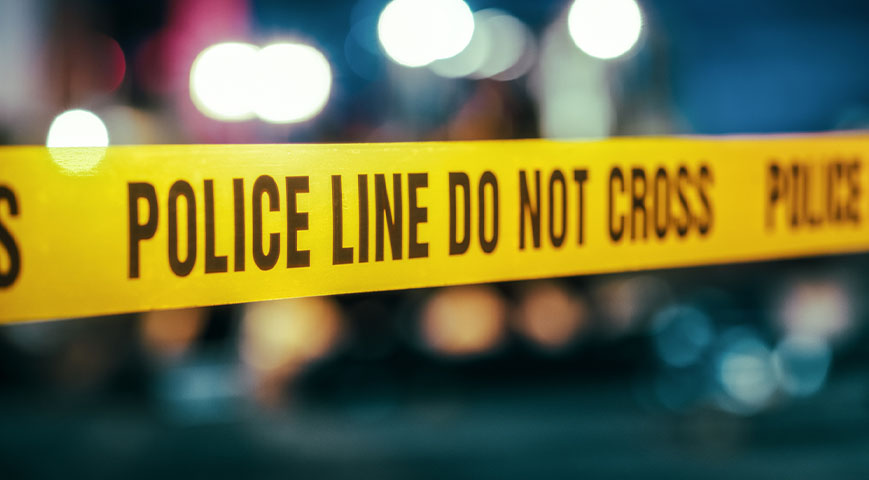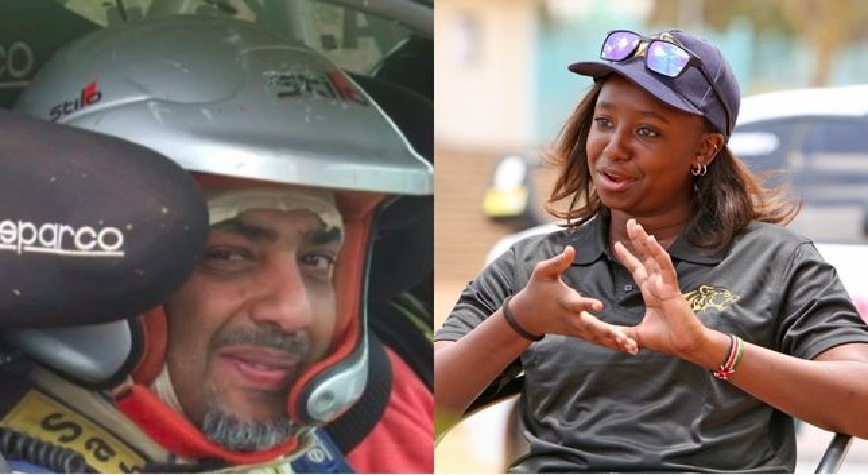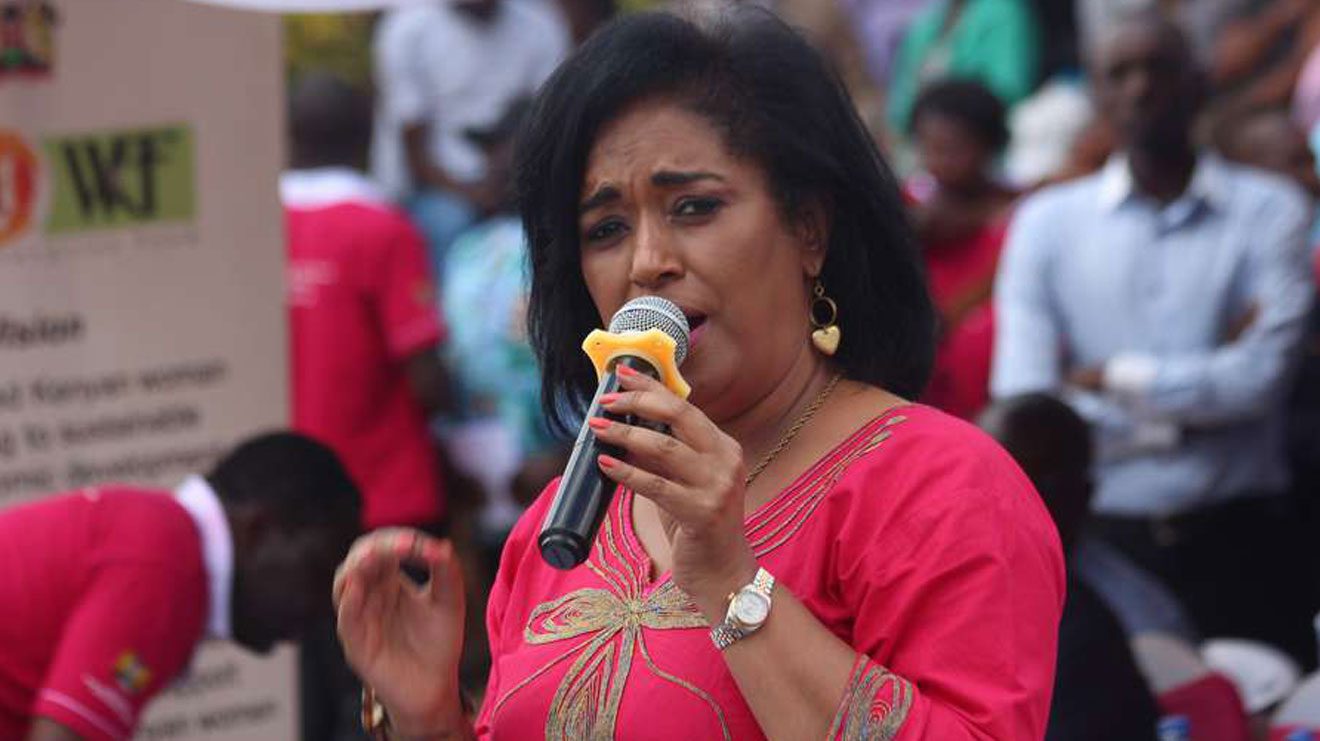The Shakahola massacre that took place in Kenya's Kilifi County, resulting in the loss of more than 70 lives, is a horrifying event etched in the country's history. The cult behind this massacre was headed by Frederick Mwaura, popularly known as "FM," who posed as a prophet and manipulated his followers into committing these brutal acts.
The Shakahola cult gained notoriety for its radical beliefs and rituals, including prolonged fasting, participating in all-night prayer sessions, and consuming herbal potions made from roots and herbs. As per reports, the cult's followers believed in the supernatural abilities of their leader, FM, who claimed to heal various illnesses through fasting and prayers.
FM About Reviving The Dead
However, the situation turned grim when FM began making false assertions that he could revive the dead and cure HIV/AIDS, leading to tragic consequences.
Did you read this?
FM's unfounded claims garnered a large following, including affluent individuals and educated professionals who viewed him as a saviour. In 2013, the cult's members began constructing a vast compound in Shakahola village, dubbed "New Jerusalem," which was heavily guarded by armed members and restricted access to outsiders.
The Killing Spree
The horrific events of December 4, 2014, marked a turning point for the cult. FM directed his followers to commence a killing spree, labeling innocent individuals as "satanic agents" seeking to dismantle the cult.
Armed with machetes, knives, and clubs, the cult members indiscriminately attacked anyone in their path, leaving a trail of death and destruction. Among the victims were men, women, and children, some of whom were brutally murdered in their sleep.
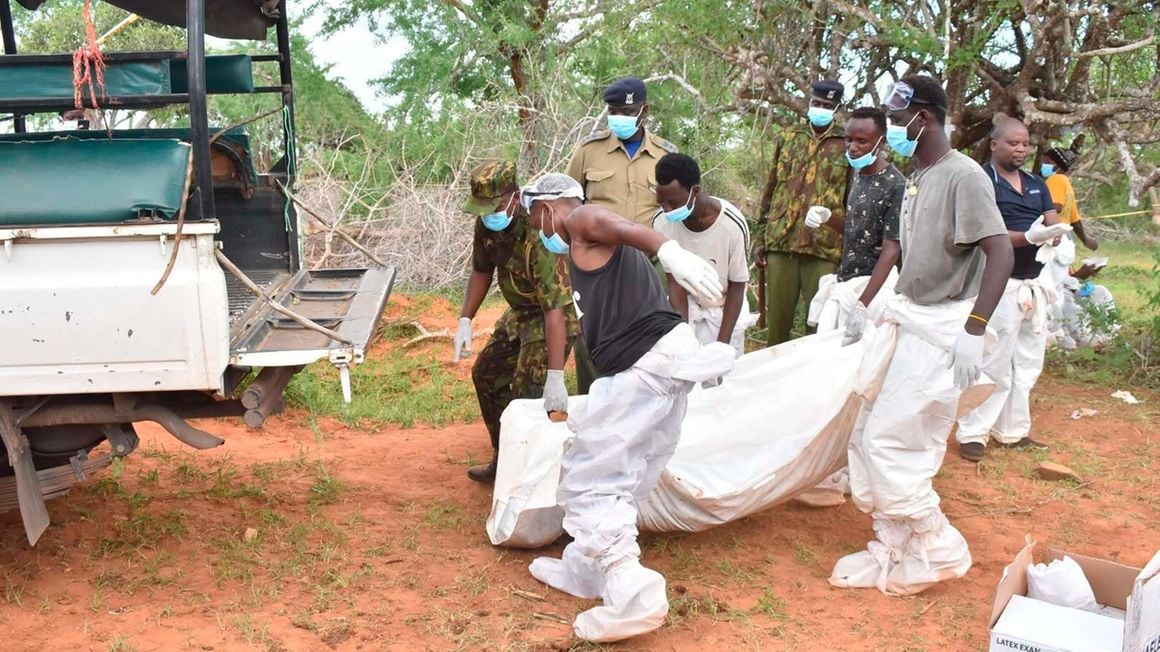
Shakahola Massacre
The nation was left in shock by the Shakahola massacre, leading to widespread condemnation of the cult and its leader. President Uhuru Kenyatta described the atrocity as a "heinous crime," and security forces were dispatched to restore order in the area. The cult's compound was raided, resulting in the arrest of several members, including FM. However, some of the cult's leaders managed to evade capture and are still on the run.
Aftermath Of Shakahola
In the aftermath of the Shakahola massacre, there was a national conversation about the hazards of cults and the necessity for more stringent measures to prevent their formation. Many Kenyans were appalled that educated and prosperous individuals could be deceived by such a fraudulent scheme. There were calls for greater public awareness about the dangers of cults and how to recognize them.
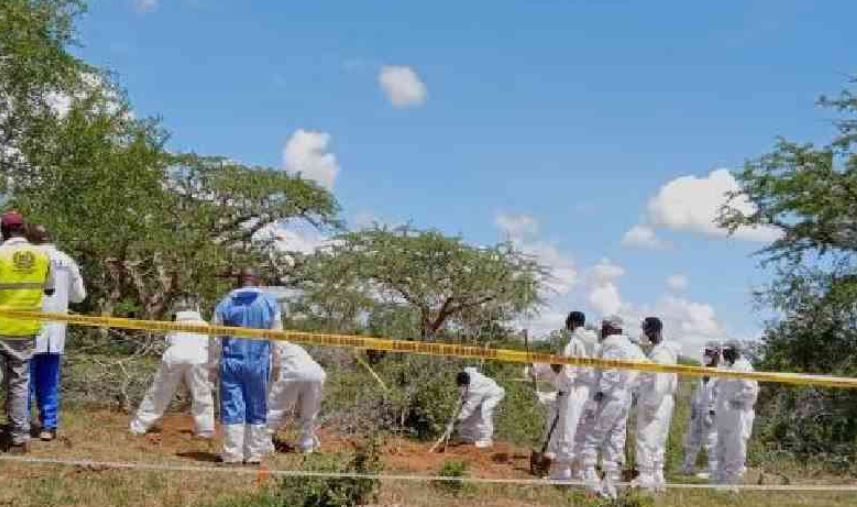
The tragedy also highlighted the need for greater regulation of religious organizations, as some of them have been accused of exploiting their followers for financial gain or political power. In Kenya, there is currently no law regulating the formation and operation of religious organizations, making it easy for unscrupulous individuals to set up churches or cults for personal gain.
In the years since the Shakahola massacre, there have been several high-profile cases of cults and religious organizations involved in criminal activities. For example, in 2019, police raided the compound of the Kenya-based Jerusalem Church of Christ, where they discovered several children who had been subjected to torture and abuse. The leader of the church, a man known as "Archbishop" Gilbert Deya, had been accused of trafficking children and selling them to childless couples in Europe.
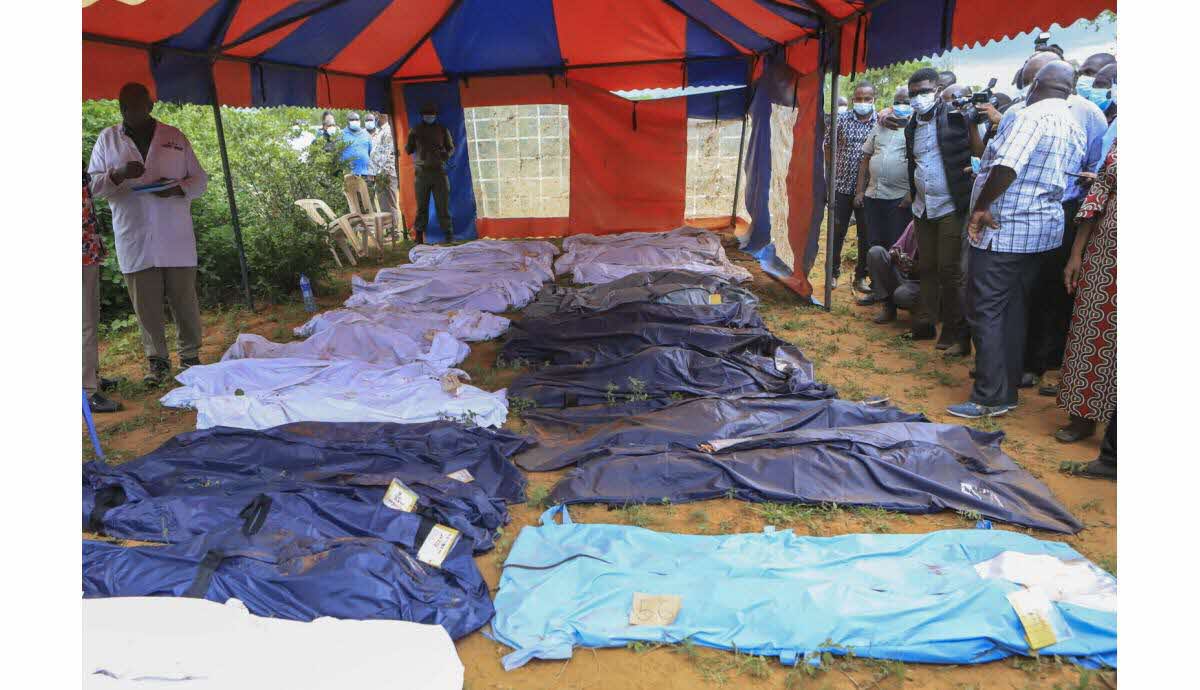
The Shakahola massacre remains a painful reminder of the dangers of cults and the need for greater awareness and regulation of religious organizations. It is a tragedy that should never be forgotten, and its victims should always be remembered. The survivors and families of those who lost their lives in the massacre continue to suffer from the trauma of that fateful night, and they deserve justice and support.
The Shakahola massacre was a tragedy that shocked the nation and highlighted the dangers of cults and religious organizations that exploit their followers. It is essential to continue the conversation about cults and how to identify and prevent them from forming.

